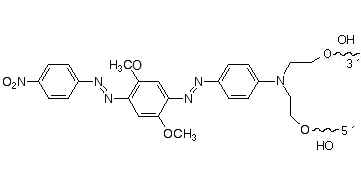
 BHQ2
BHQ2
A quencher suitable for fluorophores having an emission wavelength range from 540 to 670 nm. BHQ2 may be attached anywhere within the oligonucleotide sequence.
We are an EN ISO 9001 and 13485 certified EU-located company manufacturing custom DNA oligos. We have been synthesizing custom DNA oligonucleotides since 1995. Every year our custom oligo synthesis services produce dozens of thousands of oligos in many categories: unmodified oligos, variously modified oligos, oligos with various types of purifications and for various purposes (biological techniques based mostly on PCR, NGS, biophysical studies etc.). We produce real-time PCR probes as well.
The know-how we acquired in custom DNA oligo synthesis during more than 25 years is implemented into the development of other products, especially CE IVD kits and Life Sciences products.
Our typical partners are end-users of the custom DNA oligos (customers mostly in CZ and SK), business partners and distributors. We are looking for business partners and/or distributors worldwide who can fit the portfolio of our products, either the whole or a part of it, into their sales strategy.

A quencher suitable for fluorophores having an emission wavelength range from 540 to 670 nm. BHQ2 may be attached anywhere within the oligonucleotide sequence.
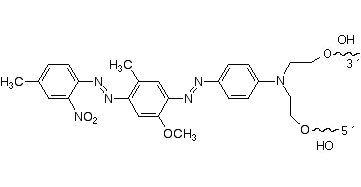
A quencher suitable for fluorophores having an emission wavelength range from 480 to 580 nm. BHQ1 may be attached anywhere within the oligonucleotide sequence.
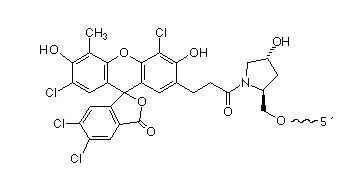
Yakima Yellow may be attached either to the 5' end or the 3' end of the oligonucleotide.
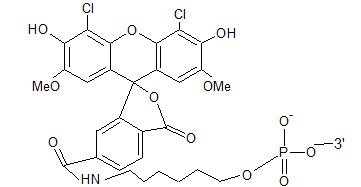
6-karboxy-4', 5'-dichlor-2', 7'-dimethoxyfluorescein is commonly used in multiplex reactions together with FAM. JOE may be attached to the 5' end of the oligonucleotide.
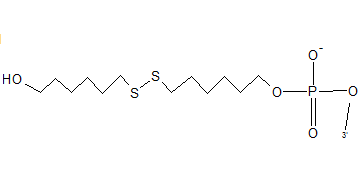
It is used as an intermediate for further oligo modifications (attachment to special surfaces, conjugation). Thiol S-S may be attached to the 5' end of the oligonucleotide.
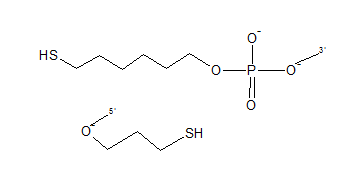
It is used as an intermediate for further oligo modifications (attachment to special surfaces, conjugation) and as a blocker of 3' polymerase extension. Thiol SH may be attached either to the 5' end or the 3' end of the oligonucleotide.
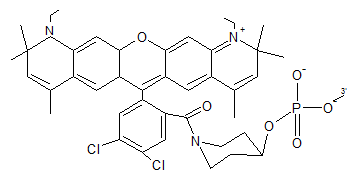
CFR 635 is an orange-red fluorophore. It is used as a good alternative to LC red 640. CFR 635 may be attached only to 5´end of an oligonucleotide.
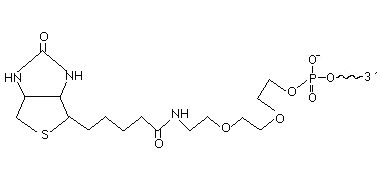
Biotin may be attached either to the 5' end or the 3' end of the oligonucleotide. The biotin molecule is separated from the 3' end by a sixteen carbon spacer.
Your request has been sent.
Your cycler has not been included in the list?
Send us the type of your cycler and we will find a solution for you.
Your request has been sent.
Thank you for your inquiry
Thank you for your inquiry
Your registration has been sent.
Thank you for your inquiry
Price will be calculated based on your exact location within 2 working days.